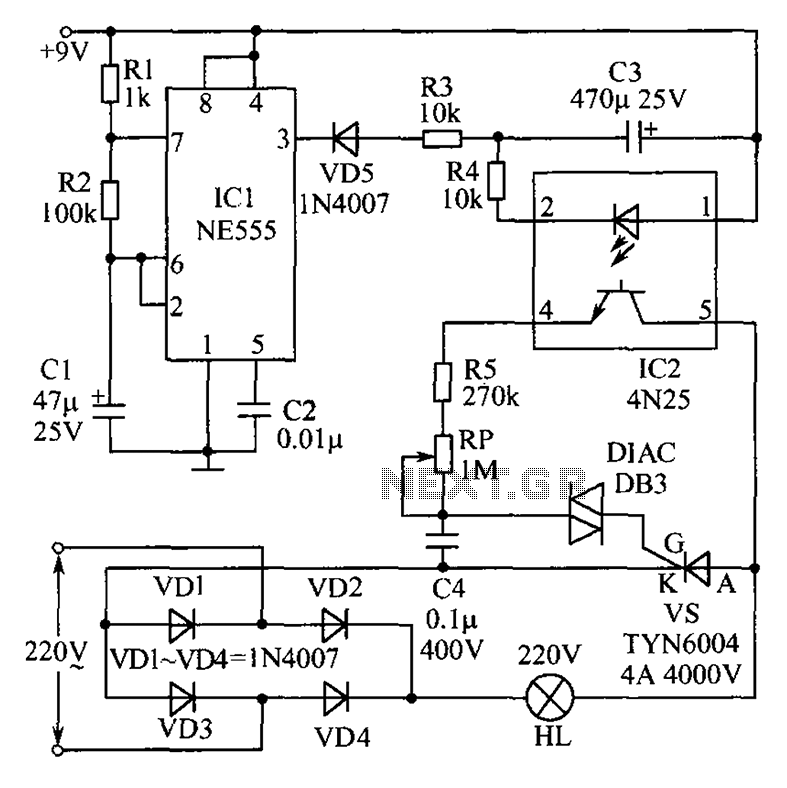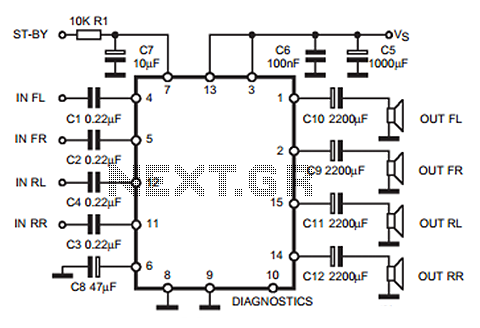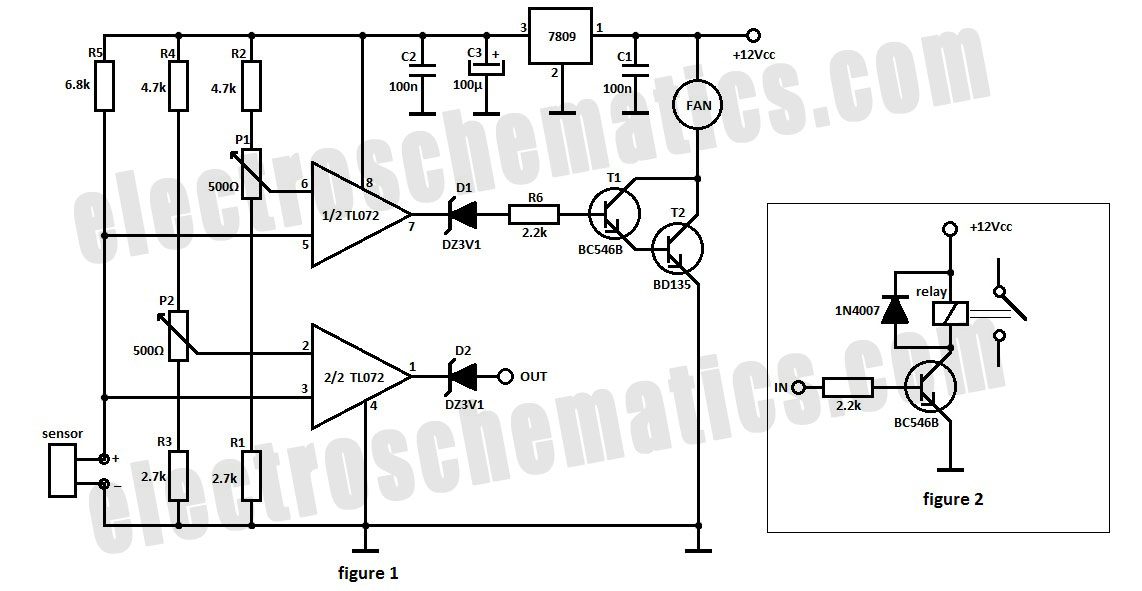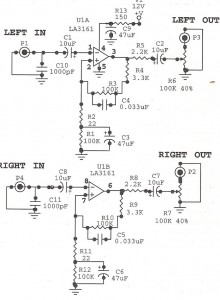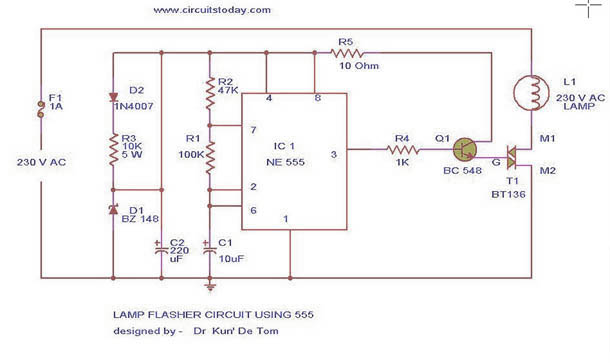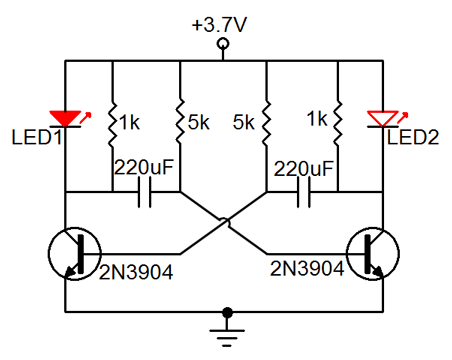
2Watt Audio Amplifier circuit
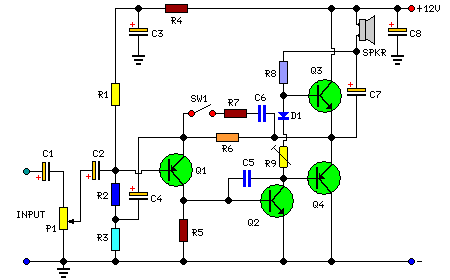
This amplifier is designed to be self-contained within a compact loudspeaker enclosure. It can be powered by devices such as Walkmans, Mini Discs, iPods, CD players, computers, and other devices equipped with line or headphone outputs. Typically, two units are required to achieve stereo sound.
This self-contained amplifier circuit is tailored for integration into a small loudspeaker box, making it ideal for portable audio applications. The design emphasizes simplicity and efficiency, allowing for easy connection to various audio sources, including portable media players and computers.
The amplifier typically features a power supply circuit that can convert standard battery or mains voltage to the required operating levels for the amplifier stage. The input stage often includes a capacitor to block any DC offset from the audio source, ensuring that only the AC audio signal is amplified.
The amplifier stage may utilize a Class D or Class AB topology, depending on the desired efficiency and sound quality. Class D amplifiers are favored for their high efficiency and low heat generation, making them suitable for battery-operated devices. In contrast, Class AB amplifiers provide superior sound quality at the expense of some efficiency.
Output protection circuitry is also crucial in this design to prevent damage to the loudspeakers during power on/off transients or short circuits. This may involve the use of fuses or electronic protection circuits that disconnect the output in case of fault conditions.
For stereo applications, two identical amplifier circuits can be housed in separate enclosures, each driving its respective speaker. The interconnection can be achieved through standard audio cables, ensuring compatibility with a wide range of audio sources.
Overall, this compact amplifier design not only provides versatility in connectivity but also maintains a small footprint, making it suitable for various portable audio applications.This amplifier was designed to be self-contained in a small loudspeaker box. It can be feed by Walkman, Mini-Disc, iPod and CD players, computers and similar devices fitted with line or headphone output. Of course, in most cases you will have to make two boxes to obtain stereo.. 🔗 External reference
This self-contained amplifier circuit is tailored for integration into a small loudspeaker box, making it ideal for portable audio applications. The design emphasizes simplicity and efficiency, allowing for easy connection to various audio sources, including portable media players and computers.
The amplifier typically features a power supply circuit that can convert standard battery or mains voltage to the required operating levels for the amplifier stage. The input stage often includes a capacitor to block any DC offset from the audio source, ensuring that only the AC audio signal is amplified.
The amplifier stage may utilize a Class D or Class AB topology, depending on the desired efficiency and sound quality. Class D amplifiers are favored for their high efficiency and low heat generation, making them suitable for battery-operated devices. In contrast, Class AB amplifiers provide superior sound quality at the expense of some efficiency.
Output protection circuitry is also crucial in this design to prevent damage to the loudspeakers during power on/off transients or short circuits. This may involve the use of fuses or electronic protection circuits that disconnect the output in case of fault conditions.
For stereo applications, two identical amplifier circuits can be housed in separate enclosures, each driving its respective speaker. The interconnection can be achieved through standard audio cables, ensuring compatibility with a wide range of audio sources.
Overall, this compact amplifier design not only provides versatility in connectivity but also maintains a small footprint, making it suitable for various portable audio applications.This amplifier was designed to be self-contained in a small loudspeaker box. It can be feed by Walkman, Mini-Disc, iPod and CD players, computers and similar devices fitted with line or headphone output. Of course, in most cases you will have to make two boxes to obtain stereo.. 🔗 External reference
